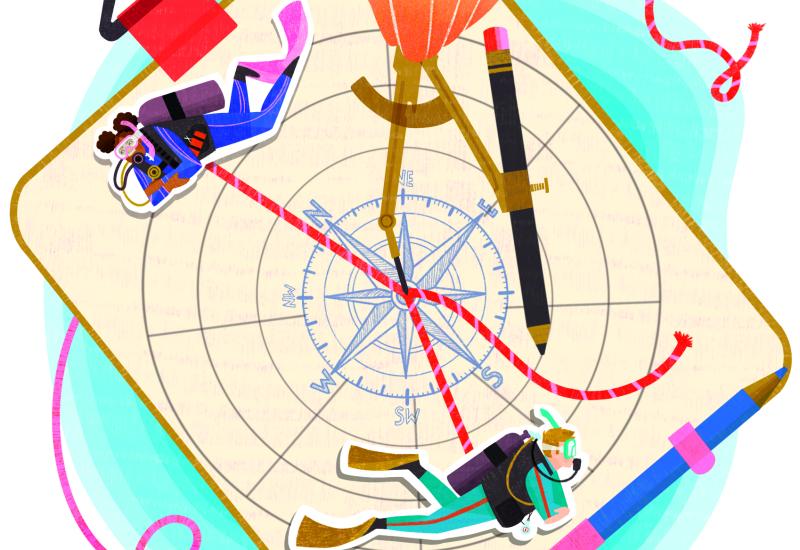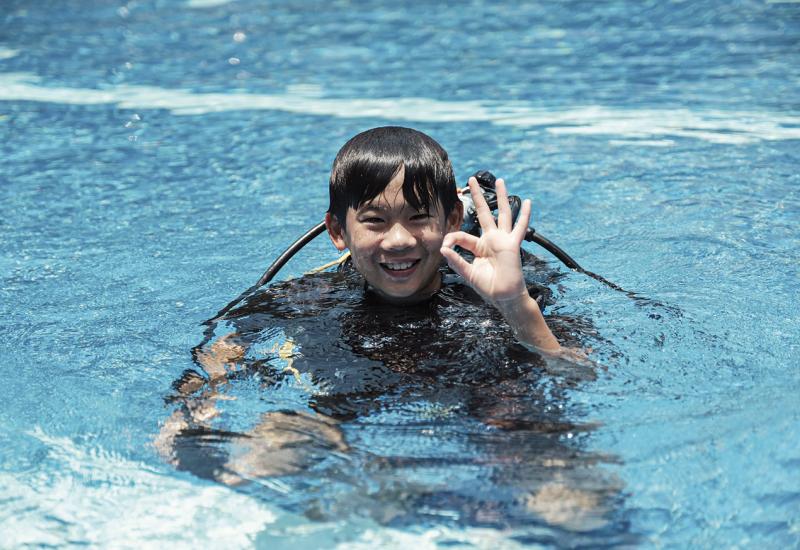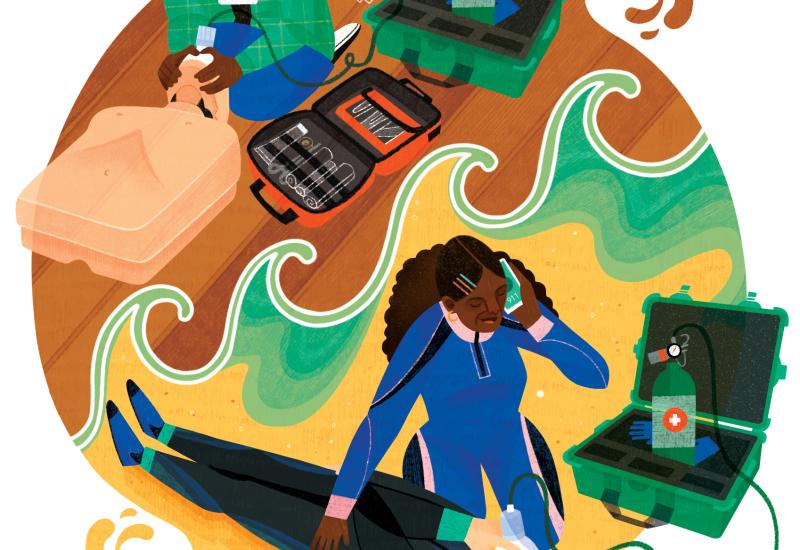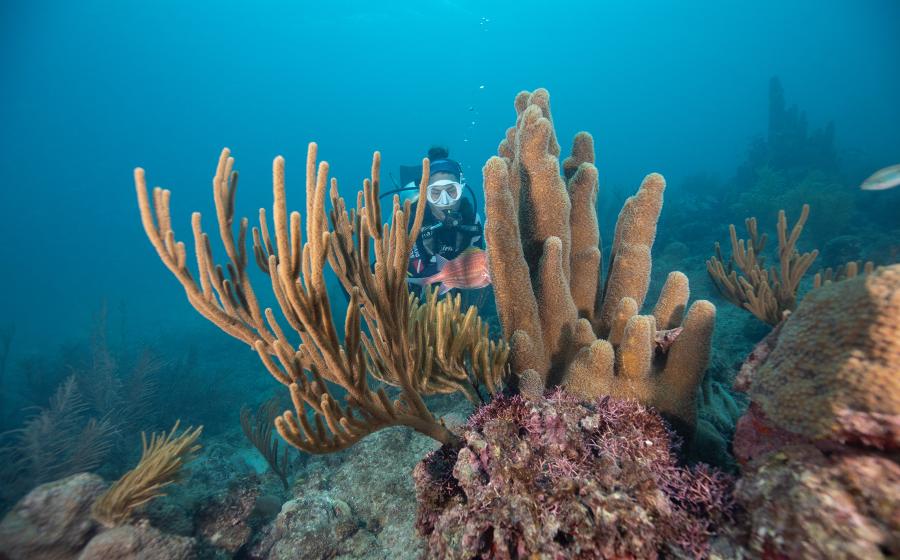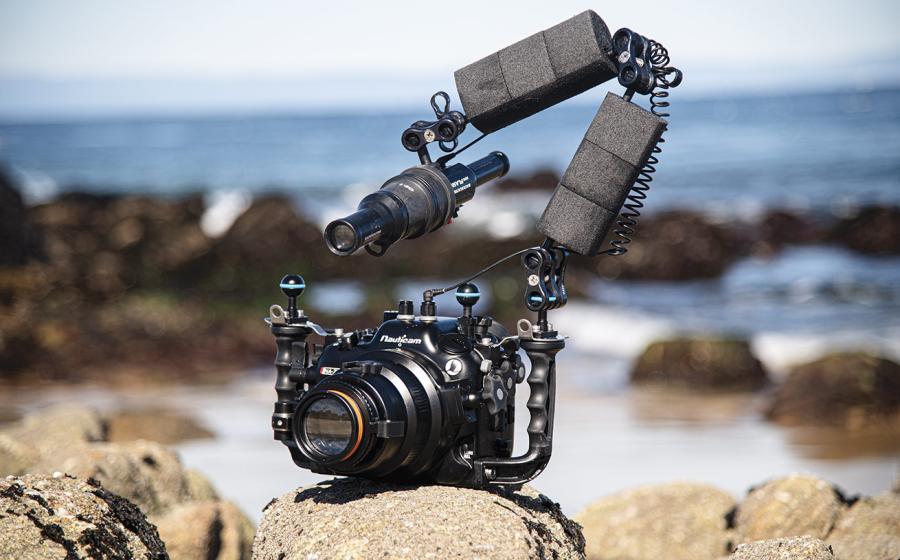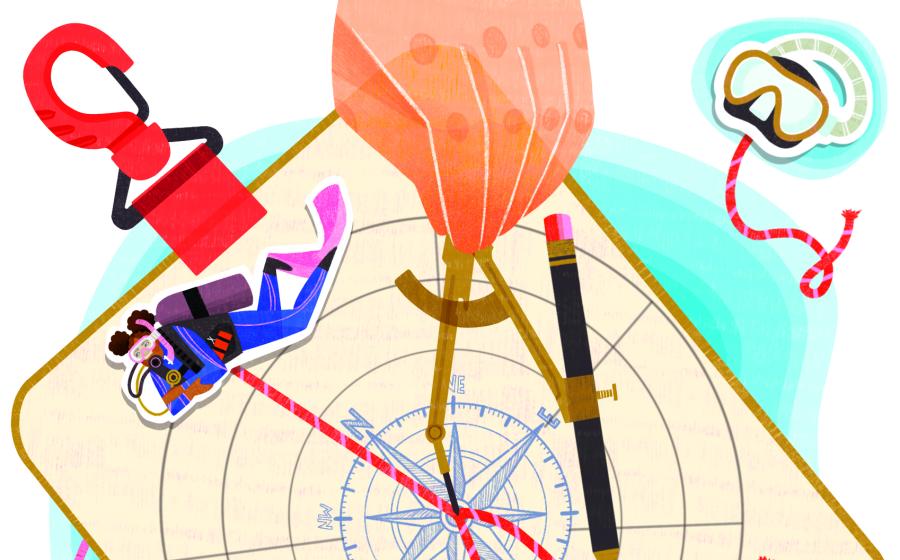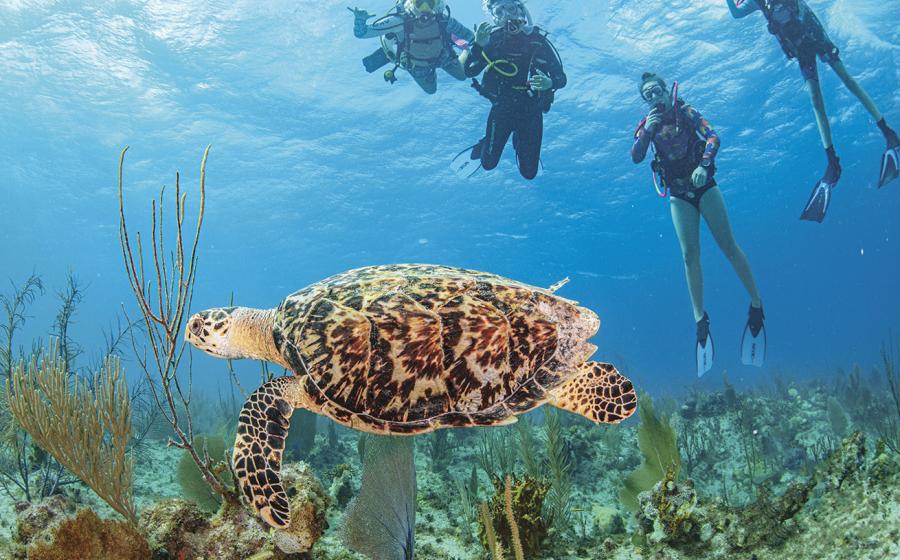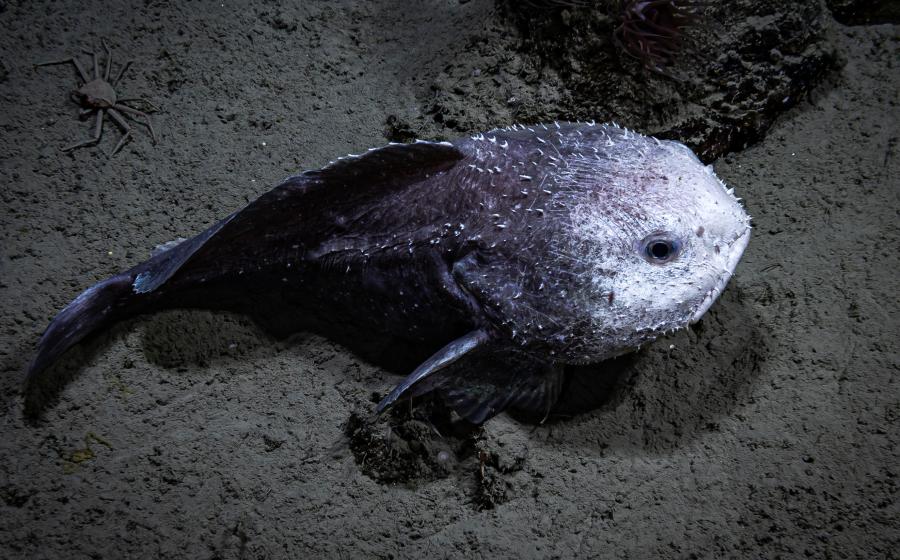The Backscatter Digital Shootout Brings Underwater Photographers Together for Training and Dive Fun
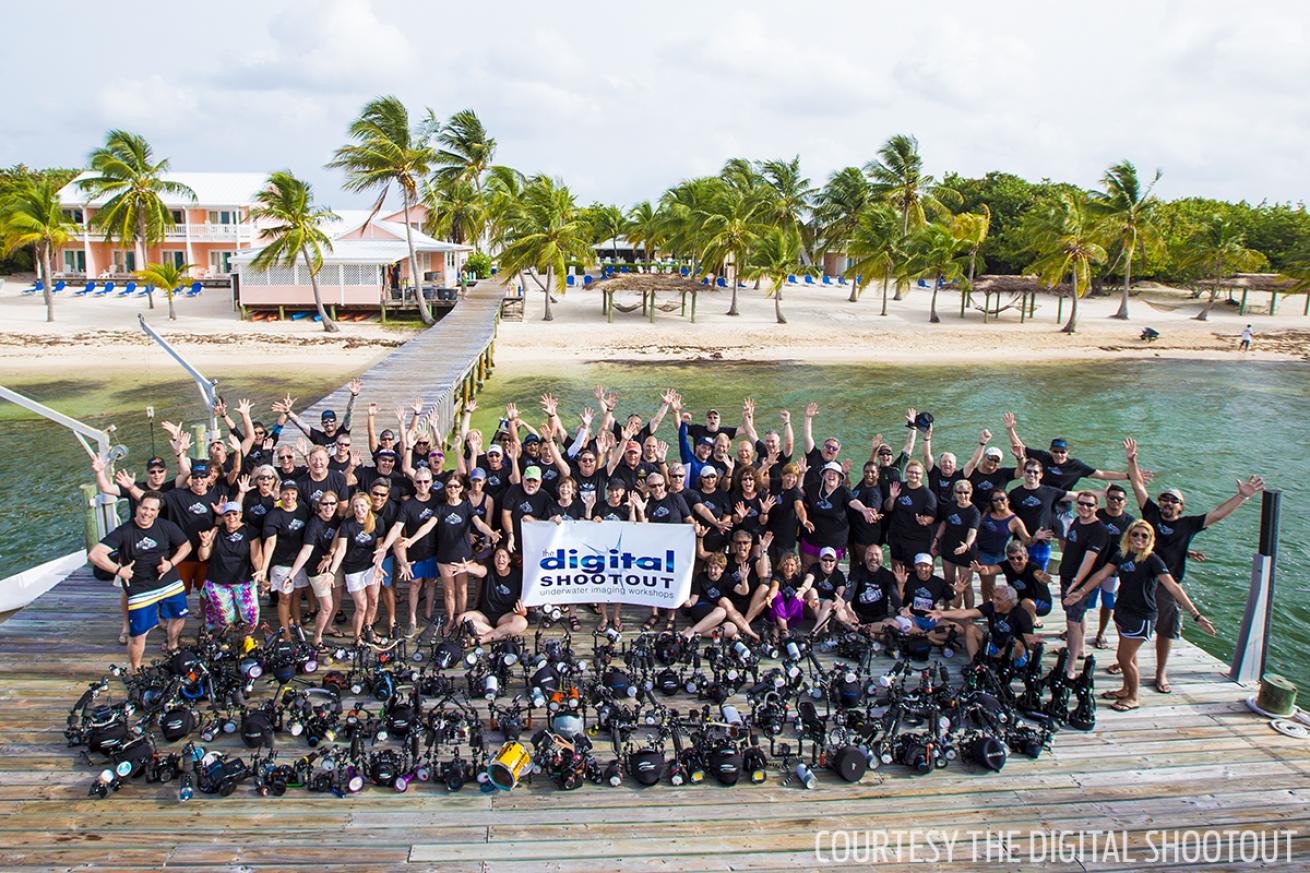
Courtesy of Digital ShootoutThe Backscatter Digital Shootout brings passionate photographers together for a week of fun, intensive training and new experiences
Of all the lessons learned at the Backscatter Digital Shootout, one hit me hardest: Book early.
As a last-minute opportunist who missed the chance to book a spot at the main venue, I — along with my back — learned quickly that camera gear feels much heavier on land than in water as I made the quartermile trek to the shootout each day on Little Cayman. Yet any physical woes were easily offset by both an edified mind and an expanded photographic tool kit.
Established in 2001 by Backscatter owner Berkley White with Dan Baldocchi, this weeklong annual event unites underwater imagemakers and industry experts for a friendly competition doused with educational opportunities. Although it may be geared toward beginners, the depth of coverage will appeal to seasoned pros as well.

Jennifer Penner/TheDigitalShootout.comThe Backscatter Digital Shootout offers hands-on training for underwater photographers.
After transporting thousands of pounds of camera gear to Little Cayman in June 2014, Backscatter practically set up a Caribbean headquarters for the week.
“If you’ve ever wondered what a million dollars’ worth of camera equipment looks like, this is it,” says Backscatter CEO Jim Decker. When I asked Decker how he explains the contents of so many Pelican cases to dubious strangers, he simply replies with a straight face: “Vacuum-cleaner parts.” Of course. Very inconspicuous!
The Shootout has dozens of full rigs in various configurations, including full DSLR setups, charged and ready to go each morning for anyone interested in experimenting with new gear. Given the investment involved in purchasing underwater imaging equipment, the try-before-you-buy approach seems sensible, yet it is not generally an option for consumers.

Jennifer Penner/TheDigitalShootout.comPhoto seminars are a staple for underwater photographers at the Backscatter Digital Shootout
My photographic prowess only really got into gear once I set aside all of the “toys” and finally focused on the reef. I went on the hunt for the nurse sharks and loggerhead turtles that eluded me yet seemingly serenaded other divers all week on the sandy shallows. It took some patience and a fair dose of luck, but ultimately I came face to face with a nurse shark snuggled inside a sandy cove in no more than 15 feet of water. But that wasn’t the best encounter of the week.
On my way back to the boat, the most magnificent dinosaur came barreling across the reef toward me. It took a moment to process what I was looking at before adrenaline kicked in, propelling me in parallel to this surprisingly speedy behemoth. The loggerhead turtle’s velocity made it nearly impossible for me to look through my viewfinder. So I found shooting from the hip (or in this case, the chest) to be the best technique.
When photographing fast-moving marine life, it’s always a good policy to try to position yourself where you anticipate the animal is headed. By doing so you avoid harassing the creature while optimizing the shot for a more natural composition.
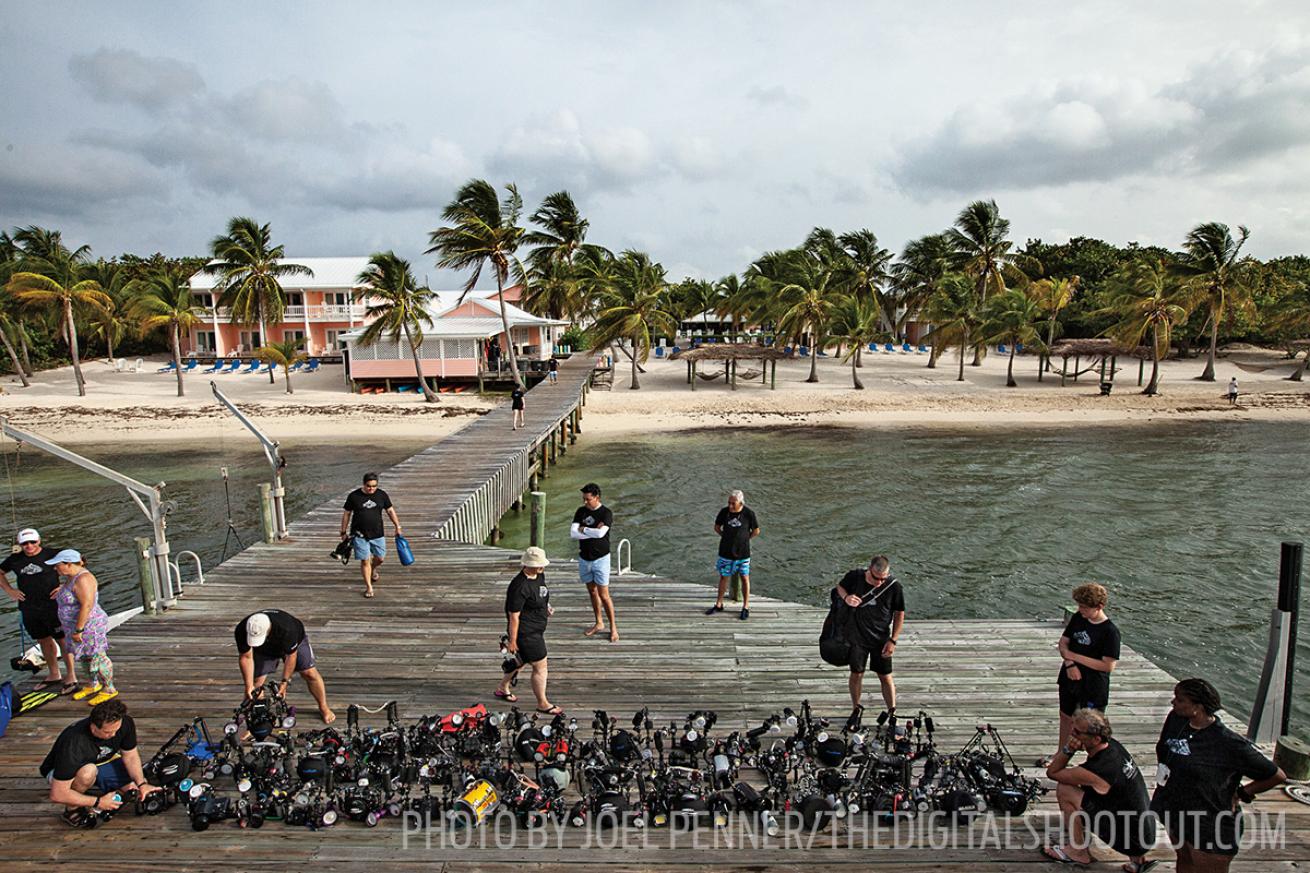
Jennifer Penner/TheDigitalShootout.comLoads of gear is on hand for photographers at the Shootout.
The event features daily diving, seminars and critiques, ensuring that participants have enough to keep busy while also leaving enough on the table to lure them back again. (The revolving venues also help keep guests interested, with past Shootouts rotating between Little Cayman, Bonaire and Roatan.)
An awards ceremony caps off the event. The camaraderie I witnessed was very refreshing, with veteran participants lending a helping hand to rookies.
The Shootout is broken into six categories, with one Best in Show award named in honor of Jim Watt, the first pro photographer to attend the DSO. After his untimely passing in 2007, Berkley says it seemed natural to name the top prize in his memory.
Despite the machine-gun pace on offer, this event has something for everyone. Work or play at your own pace — just be sure to make plans early or you might need to work a serious shoulder rub into your schedule.
For more information, visit thedigitalshootout.com.

Jennifer Penner/TheDigitalShootout.comThe Backscatter Digital Shootout
10 TIPS ON UW PHOTOGRAPHY
1. Know your rig. Practice with the housing dials topside until it becomes second nature underwater.
2. Lowering the brightness of the camera’s monitor by -1 or -2 can help prevent underexposed images.
3. Shoot in RAW to maintain the greatest control over your images in postproduction.
4. Before heading out for a dive, always take a test shot to ensure everything is working well. Check that strobes fire, an SD card is in place and dials turn properly. But, most important, make sure the lens cap is off.
5. When in doubt, try these go-to wide-angle settings: f/8, 1/125 sec, ISO 200.
6. Maintain proper buoyancy to avoid backscatter in your images.
7. There are exceptions, but generally try to avoid shooting downward.
8. You can’t make images with a flooded camera. Regularly clean O-rings in well-lit environments, and always do a dunk test before diving.
9. When shooting video, always try to keep the sun behind you and regularly check the dome port for air bubbles.
10. Don’t be shy with your images. Get feedback. Receiving critiques of your work is a critical step to achieving better images.
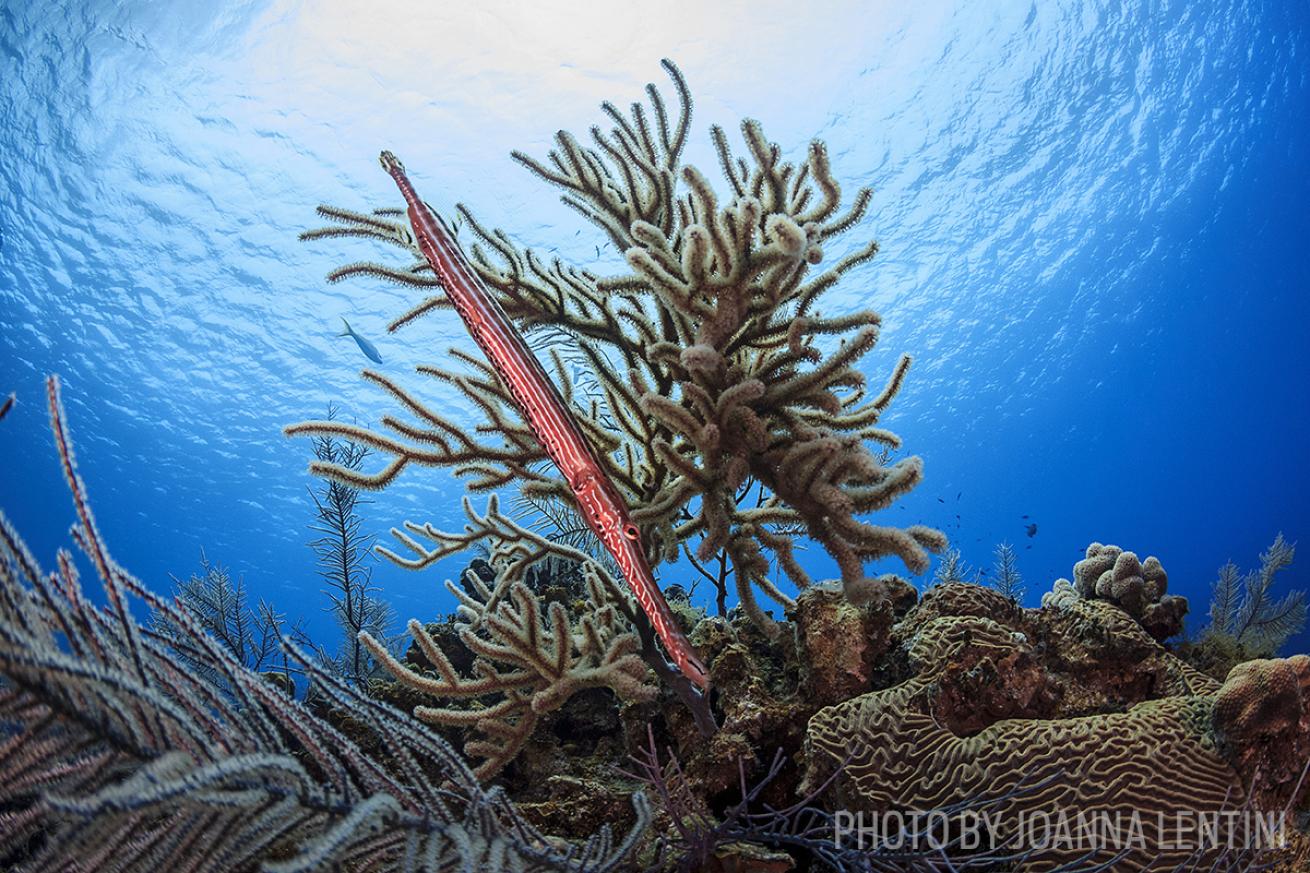
Joanna LentiniA trumpetfish Lentini spotted on Grand Cayman
WHAT TO PACK:
With so much demo gear on-hand, it might be tempting to travel light; however, having your own camera rig is still critical for both familiarity and confirmed availability.
Bring your own laptop to download and edit images each day.
Consider investing in remote luggage-tracking devices for any bags you check containing high-value cargo. Trakdot and LugLoc are two leading brands worth considering.
Pack one or two extra TSA-approved luggage locks to help prevent theft. Plenty of zip ties are a good alternative backup and can serve multiple purposes with dive gear.
External hard drives are great tools for backing up images. You should create three copies of each photo, so you’ll need ample space.
With many batteries to charge and limited outlets available, a universal power strip comes in handy.
Always have an extra set of fully charged batteries ready to go.
Pack a small tool kit for any last-minute housing adjustments. Just be sure to put them inside checked baggage when flying.
A small headlamp to clean dirty O-rings can be a real lifesaver in poorly lit hotel rooms. And don’t forget your housing/strobe manufacturer’s O-ring grease.
With so many shooters around, it doesn’t hurt to have labels or markers handy for your camera equipment.
And, most important, don’t forget to bring your energy. The event certainly requires you to tap into your reserves from time to time!

